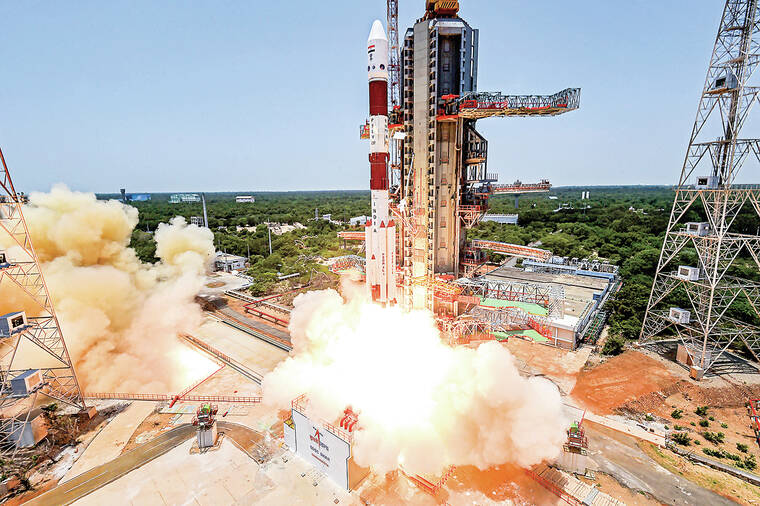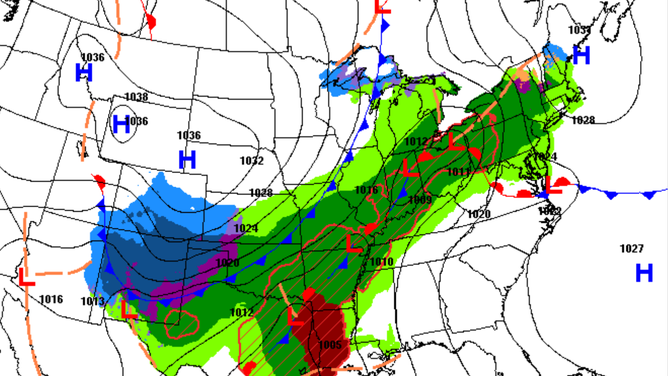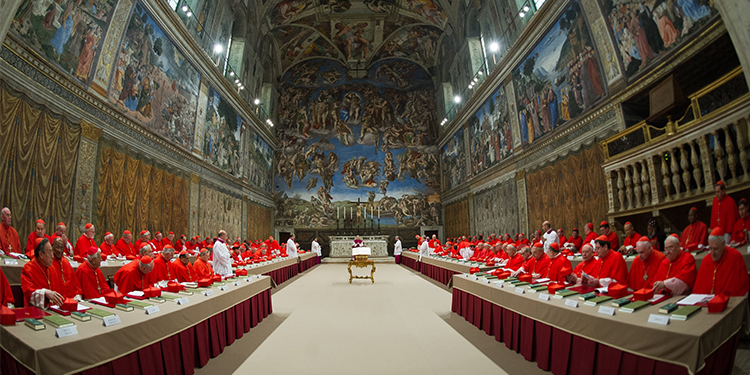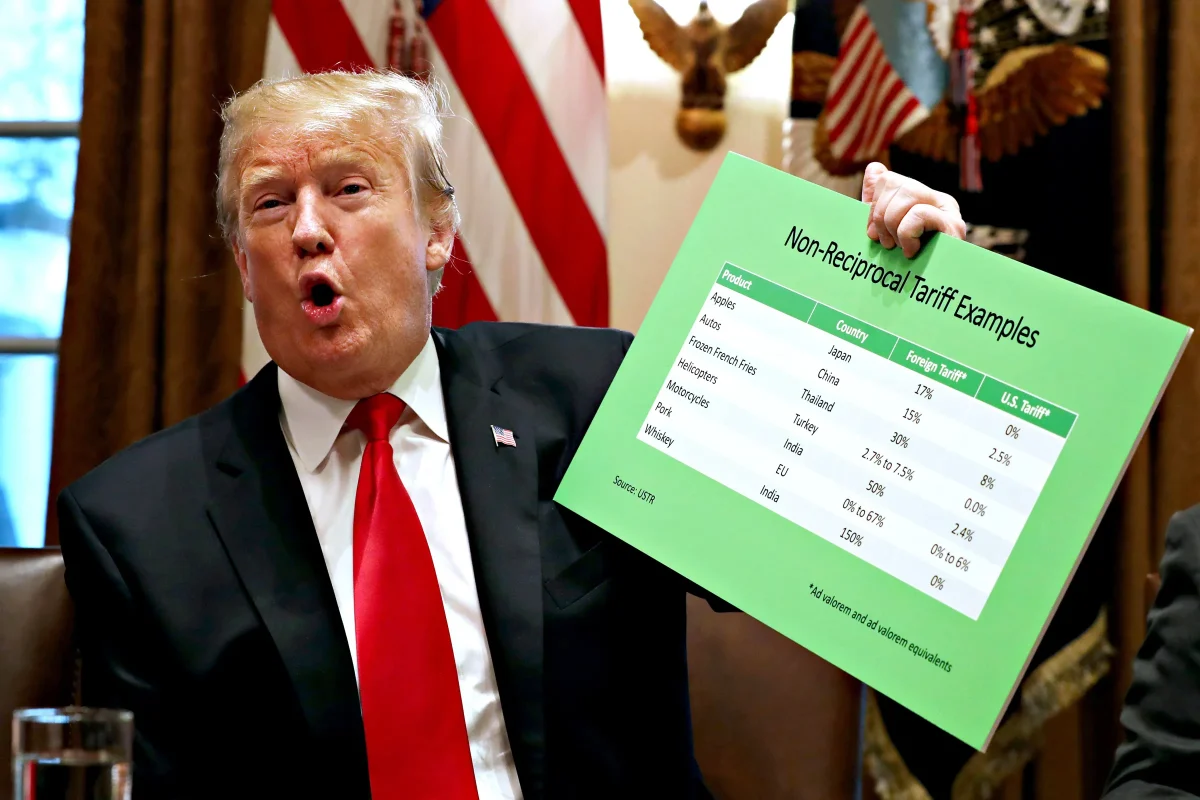People have often wondered how we could make something to go to the sun. A little over a week after India became the first country to land a probe on the moon’s south pole, it launched a rocket to study the sun, marking another milestone in its space exploration program that is growing in ambition. The rocket still has a very long way to go before it reaches its destination. The rocket blasted off shortly before noon on Saturday, September 2nd, from the Satish Dhawan Space Centre in Sriharikota, in southern India, for a 1.5 million-kilometer, four-month journey toward the sun. The mission also aims to shed light on the dynamics of several other solar phenomena by imaging and measuring particles in the sun’s upper atmosphere.
The mission also can make a “big bang in terms of science,” said Somak Raychaudhury, who was involved in developing some components of the observatory, adding that energy particles emitted by the sun can hit satellites that control communications on Earth.“Mission accomplished,” the India Space Research Organization’s control room announced as the spacecraft hurtled into the Earth’s upper atmosphere. Longer term, data from the mission could help better understand the sun’s impact on Earth’s climate patterns and the origins of solar wind, the stream of particles that flow from the sun through the solar system, ISRO scientists have said. Pushed by Modi, India has privatized space launches and is looking to open the sector to foreign investment as it targets a five-fold increase in its share of the global launch market within the next decade.
Once it’s settled in at L1, the solar probe will use four to three science instruments to study the particles and magnetic fields in its immediate surroundings and four others to scrutinize the sun’s surface (known as the photosphere) and its atmosphere. This work will help scientists better understand solar activity, including the dynamics of solar flares and coronal mass ejections (CMEs), ISRO officials say. Flares are powerful flashes of high-energy radiation, and CMEs are huge eruptions of solar plasma.














